According to historian Duong Trung Quoc, on September 17, 1954, the Hanoi Military Committee was established to take over and manage the city. On September 30, 1954, we and France signed the Agreement on the military transfer of Hanoi. On October 2, 1954, we and France signed the Agreement on the administrative transfer of Hanoi.
Accordingly, the principle of the handover was to ensure order and safety, not to cause any destruction or disruption to the city's activities. The advance troops took over some places in Hanoi according to the principle that wherever the French troops withdrew, we would take over. At 4:00 p.m. on October 9, 1954, the last French soldiers withdrew from Hanoi via Long Bien Bridge.
At that time, Colonel Duong Niet, born in 1934, former Vice Principal of the Air Force High School (now the Air Defense-Air Force Academy) was a soldier of the Binh Ca Battalion of the Capital Regiment, Division 308, and Team Leader of the North Vietnam Police Department Takeover Team.
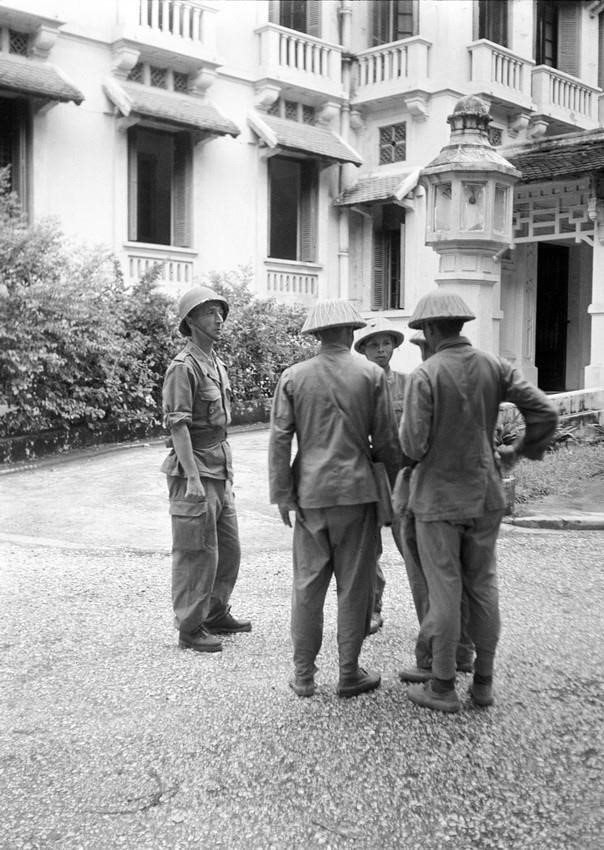
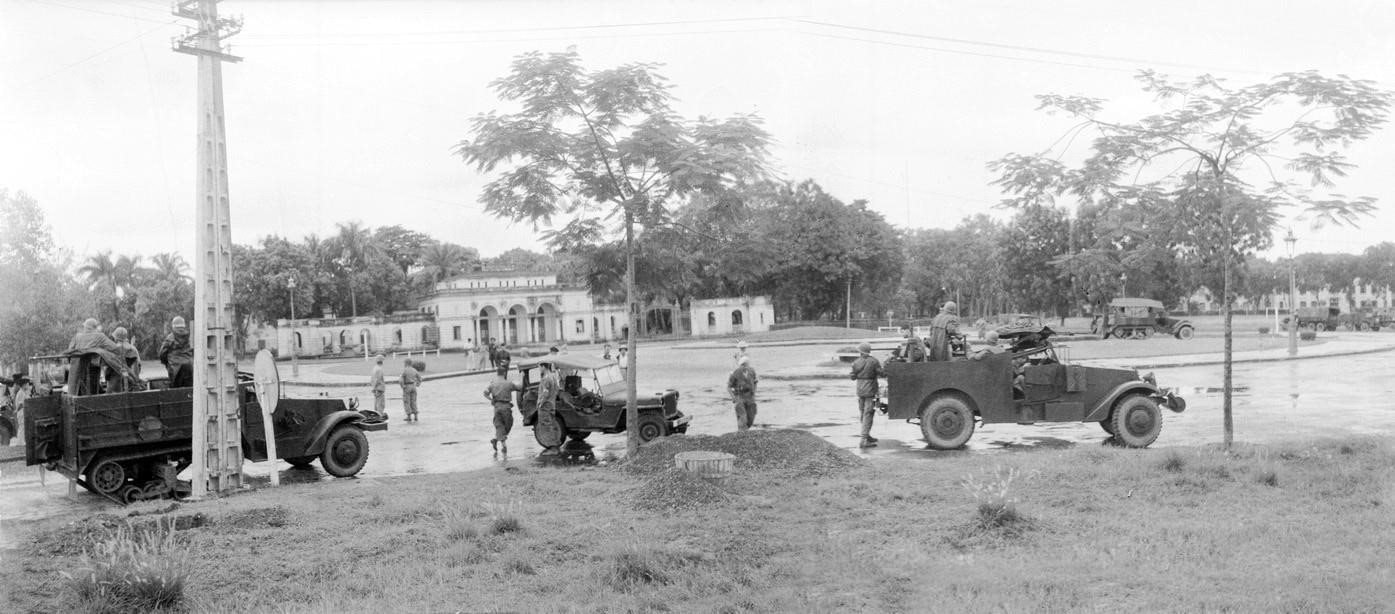
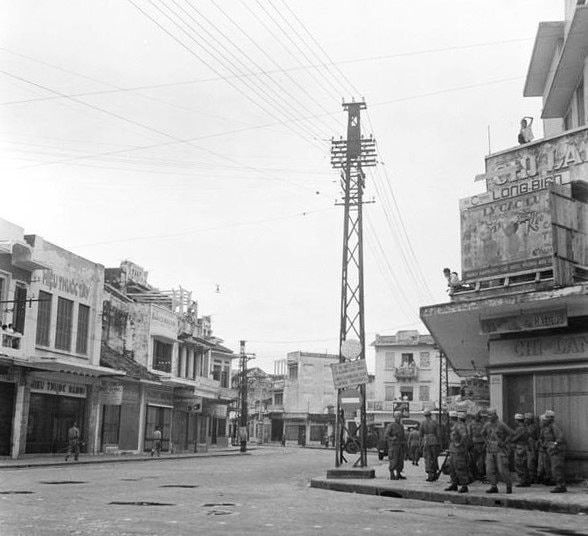
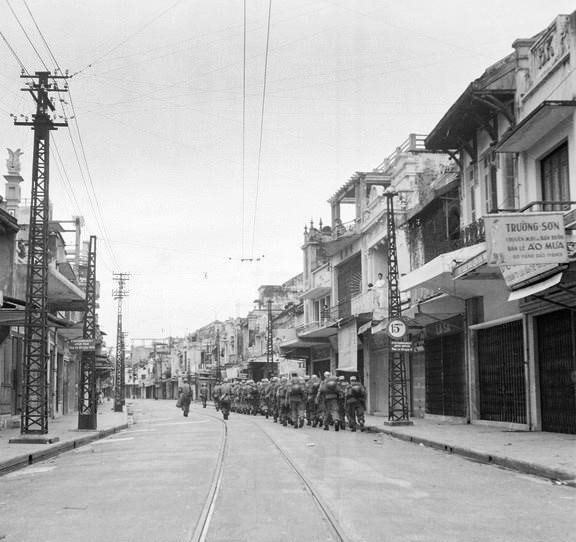
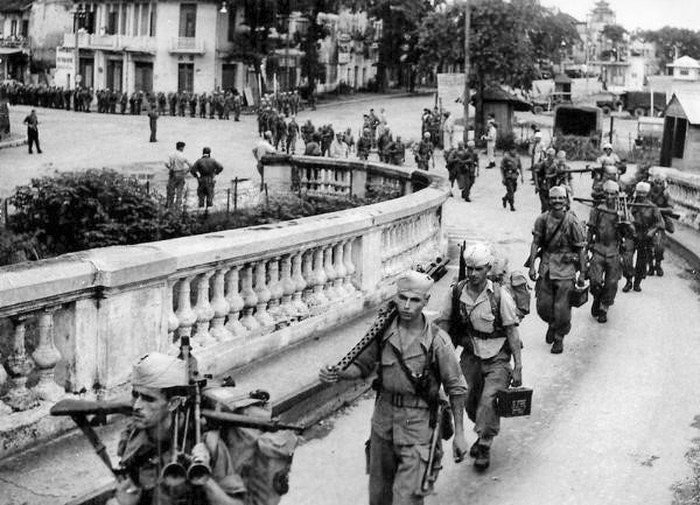
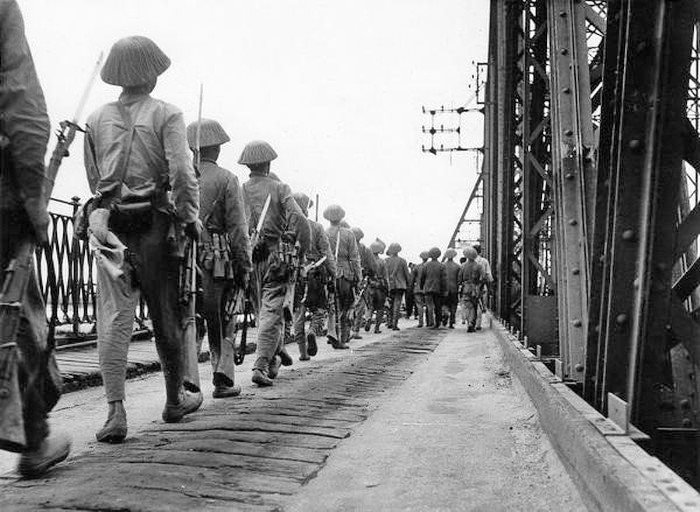
On October 7, 1954, Colonel Duong Niet was among the 214 officers and soldiers selected to enter the city in the first batch.
The car arrived in Hanoi and went straight to the headquarters of the Joint Armistice Committee, located at Don Thuy Hospital (now the 108th Central Military Hospital). Here, the group was divided into 35 groups, each group of 3-5 people, moving to 35 positions where French troops were stationed. These were important positions that the French had occupied since they arrived in Hanoi, such as: the Governor's Palace, City Hall, Supreme Court, North Vietnamese Police Department, power plant, water plant, Bo Ho light plant, Hang Co station, Hoa Lo Prison, Bach Mai Hospital, etc.
Colonel Duong Niet said that the mission of the advance soldiers was to limit the destruction of French infrastructure in the inner city; not to let them force people to migrate to the South; to prepare everything to welcome the large group to take over the capital and maintain security and order in the city.
“The French had just lost at Dien Bien Phu so they were still angry and their plot to destroy Hanoi was foiled before the revolutionary government took over. We went in first to carry out the task of preventing that destruction,” Colonel Duong Niet explained.
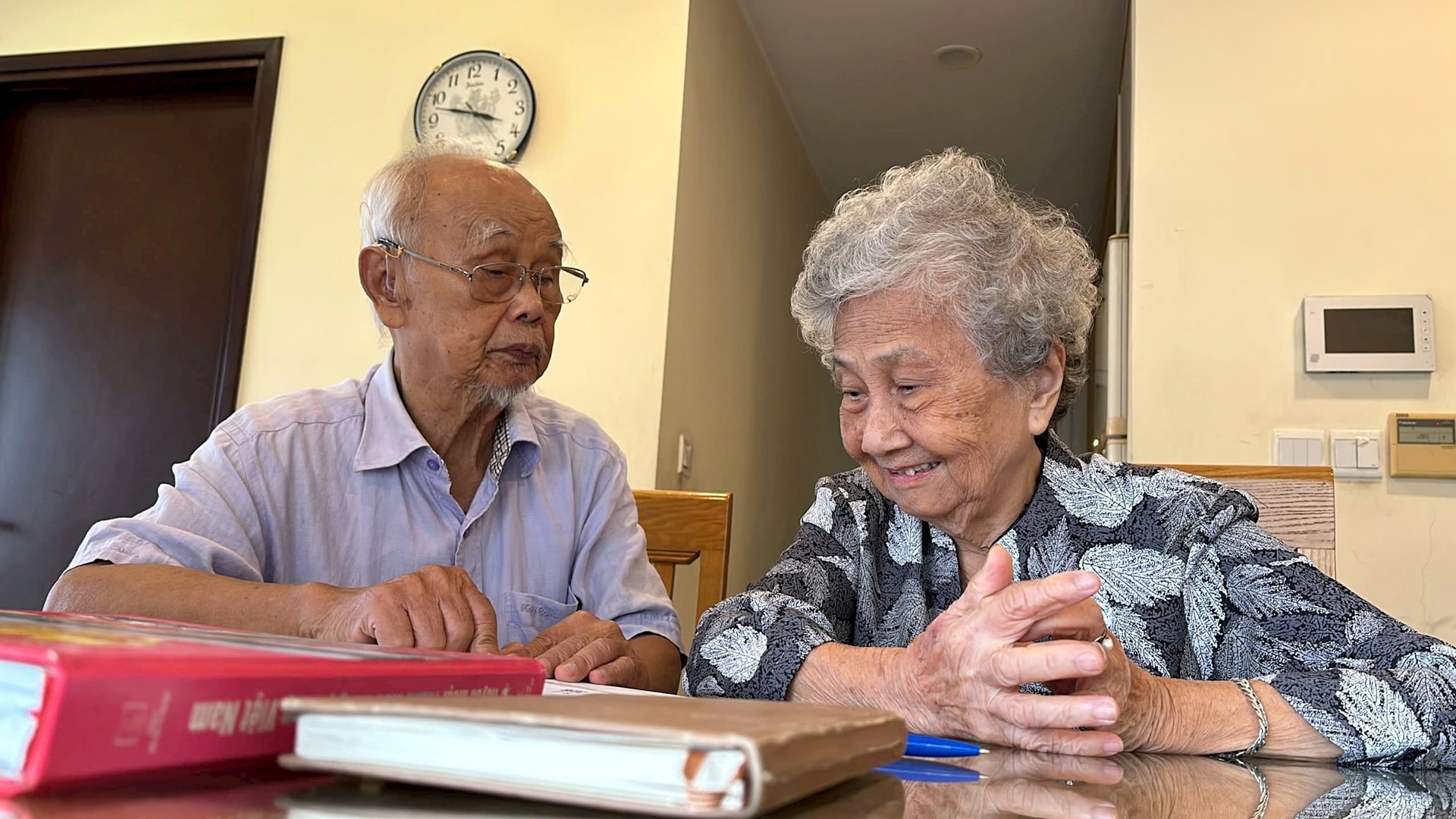
Sharing with reporters of VietnamPlus Electronic Newspaper, Mr. Nguyen Van Khang, born in 1935, Head of the Liaison Committee of the Youth Volunteer Team to Take Over the Capital, said that many young intellectuals from the war zone were selected to return to Hanoi first, preparing for the takeover.
From October 3-6, 1954, they were on a pre-emptive mission, contacting the people of Hanoi before the Army Corps advanced to take over.
“We dismantled the enemy’s reactionary and enticing slogans and explained our government’s policies. Every day, we went to meet each citizen, knocked on the door of each household, including civil servants, people working for the French, and even capitalists and small traders. Some people asked if they could continue to do business, if their salaries would change, if they would be arrested… We replied that the government would maintain their lives as before. Everyone could still do business and trade peacefully. Our persistent explanations reassured those living in Hanoi at that time,” Mr. Khang said.
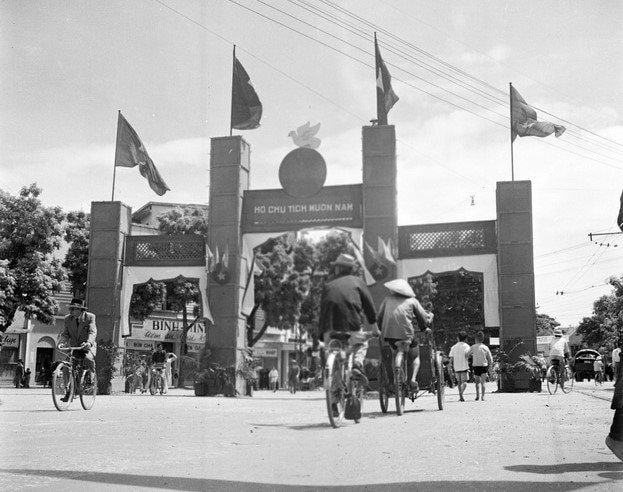
According to Mr. Khang, to complete these difficult tasks, the initial contact with the people of the capital must be assigned to the intellectual youth force. They are excellent students, selected from resistance high schools in the liberated areas, the Central Campus...
Thanks to knowing French, Ms. Le Thi Tuy (born in 1936) was chosen to join the army to take over French facilities.
In joy and pride, Ms. Tuy and her friends went to each house to explain the takeover event and mobilized people to build a gate to welcome the soldiers to the capital.
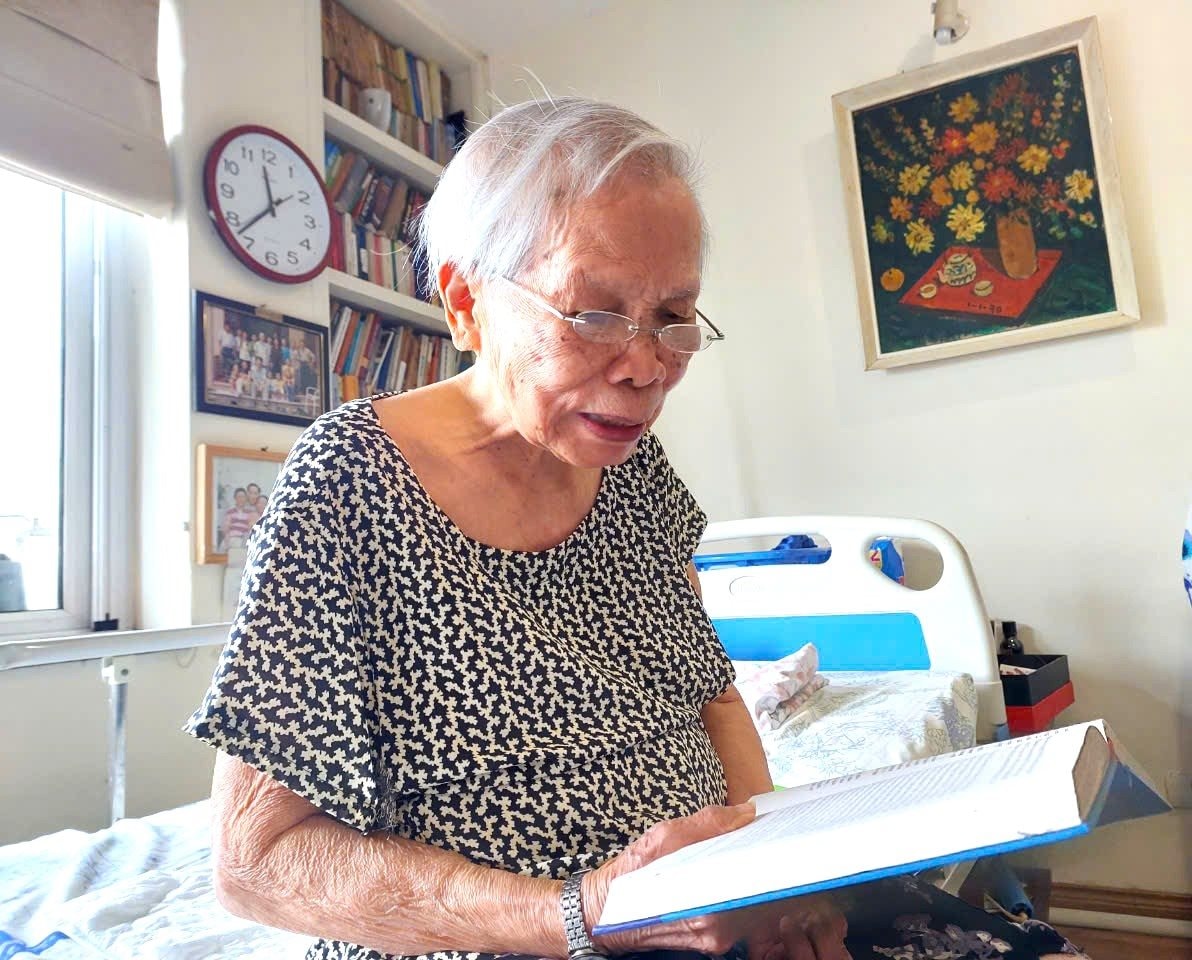
“People responded enthusiastically, using available materials to build welcome gates. Hang Dao Street has a welcome gate made from colorful silk. Hang Non Street has a welcome gate made from hats, caps, flags, and fans painted green and red. People even secretly went to the outskirts of the city to bring back bundles of coconut leaves, hook leaves, etc. to decorate more beautifully, creating brilliant images of the neighborhoods on the days of welcoming the troops,” Ms. Tuy emotionally recounted.
Another member of the Youth Volunteer Team to take over the Capital, Ms. Dang Thi My, born in 1936, was tasked with mobilizing young people to learn to sing and dance, and cleaning the streets to prepare for the arrival of the Great Army.
“We went to each house to mobilize people to prepare flags, slogans, practice music, and sing songs to prepare for the army to take over. There was no source of funding, everything was mobilized from the people, by the people, especially families who were able to do business and support materials and fabrics,” Ms. My said.
On the night of October 9, 1954, the capital was cleared of enemies. Everyone stayed up all night to make a welcome gate, hang flags, and stretch slogans. The city was silent, the doors were locked during the days of temporary enemy occupation, and was preparing to wake up and welcome a new day: “When the army advances, the night gradually fades away/ Like spring descending on the branches, the wind seems to come/ Hanoi bursts into song of the Marching Army.”

Early in the morning of October 10, 1954, the loudspeaker announced: "Attention compatriots, this morning troops will enter to take over the city."
Our army, including infantry, artillery, anti-aircraft, and mechanized units, launched a historic march into the capital Hanoi from the outskirts. Leading the way was the Capital Regiment, which raised high the flag “Determined to fight and determined to win.”
Hero of the People's Armed Forces Nguyen Tien Ha, a member of the Hoang Dieu National Salvation Youth Union, and his unit were stationed in Thanh Tri. He stayed awake all night on October 9, waiting for the time to march into Hanoi.
Before Mr. Nguyen Tien Ha's eyes were flags and flowers, brightly colored, joyfully welcoming the victorious army.
People dressed in their best clothes, carrying flags, flowers, and banners that had been prepared, crowded both sides of the road to welcome the troops entering through the city gates. All shouted slogans: “Long live President Ho,” “Cheers to the troops returning to take over the capital.”
“The people ran out to hug the liberation soldiers, everyone joined in the common joy,” Mr. Ha recalled tearfully.
Mr. Duong Tu Minh recalled: "In my life, there were two days of 'crazy joy': the day Hanoi was liberated on October 10, 1954 and the day the country was reunified on April 30, 1975."
Recalling that historic autumn day, Mr. Minh and his friends stood along Hang Dao and Hang Ngang streets, shouting until their voices were hoarse.
“At that time, I was no longer afraid of being arrested by the enemy for hiding from the wanted order, and I was about to reunite with my family and welcome my brothers and sisters who had returned from the resistance war. The Hoan Kiem Lake area was crowded with people at that time, everyone was laughing and talking happily – the happiness that I had been waiting for for so many years,” Mr. Minh was moved.
At exactly 3 p.m., the siren on the roof of the Opera House blew a long blast. Hundreds of thousands of people in the capital attended the solemn flag-raising ceremony at the Hanoi Flag Tower yard.
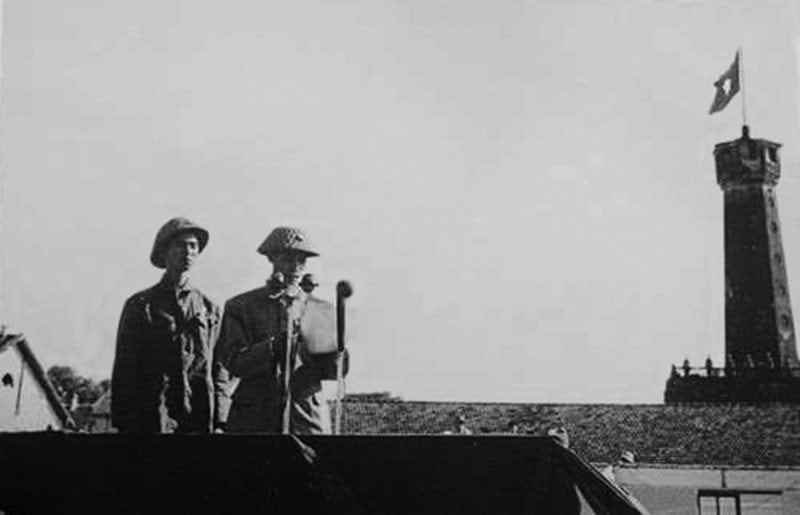
Comrade Vuong Thua Vu, on behalf of the Military Commission, read President Ho Chi Minh's appeal to the people of Hanoi: "After the great change, restoring normal life will be complicated and difficult. But if the Government is determined and all the people of Hanoi are united and agree to contribute to the Government, we will definitely overcome all difficulties and achieve the common goal: Making Hanoi a peaceful, joyful and prosperous capital."
Colonel Duong Niet commented that the historical event of liberating the Capital brought many valuable lessons, such as the lesson of clearly defining the role of the Capital in the resistance process; the lesson of preparing well in all aspects, waiting for the right time, practicing the successful takeover, and completing the cause of liberating the Capital.
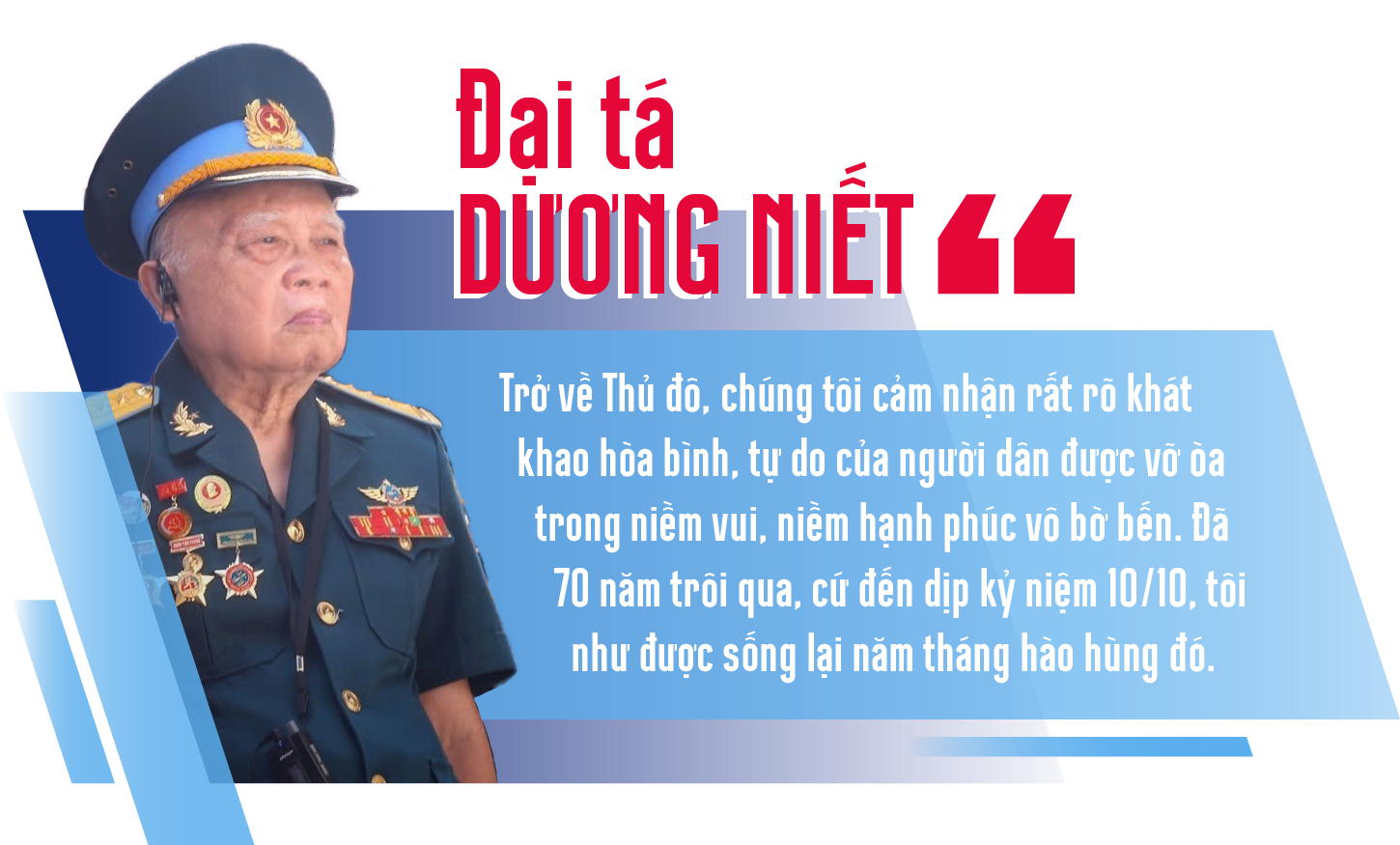
“Returning to the capital, we clearly felt the people’s desire for peace and freedom bursting into boundless joy and happiness. 70 years have passed, and every time the 10/10 anniversary comes around, I feel like I’m reliving those heroic years. I hope that the echoes of the heroic song of Hanoi fighting and winning will always resonate with all generations, especially the younger generations, so that they can continue the proud tradition of their ancestors, building a civilized, prosperous, and modern capital,” Colonel Duong Niet expressed.
The Liberation Day of the Capital on October 10, 1954 was a milestone in the history of construction and development of the Capital and the country, marking a turning point of great significance, opening a new period of development.
From a city of "earth shaking, roof tiles breaking, bricks crumbling" during the war, Hanoi has now transformed itself and risen strongly to be worthy of being the "heart" of the whole country.
The lyrics of the song “Hanoi People” by musician Nguyen Dinh Thi still echo somewhere: “Oh, how passionate my heart is/ Every inch of Hanoi land is soaked with fresh red blood/ One autumn day, the war zone returned, the road echoed with the song that captivated people’s hearts/ “The Vietnamese army is on the move” ./.
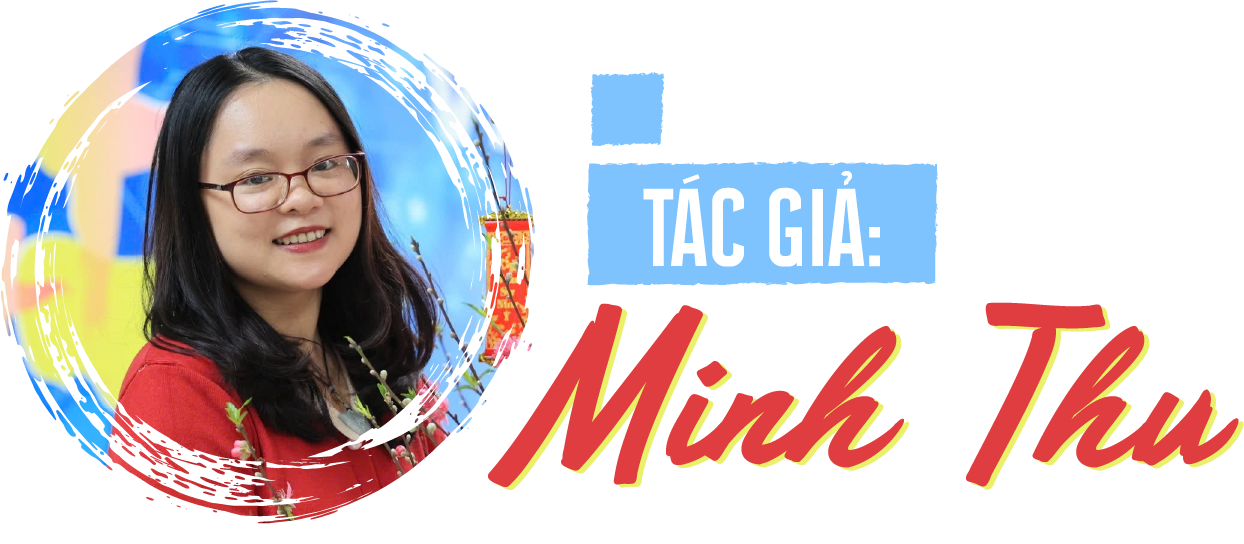
Vietnamplus.vn
Source: https://mega.vietnamplus.vn/bai-3-ha-noi-say-me-chen-don-cha-ve-kin-troi-phoi-phoi-vang-sao-6626.html


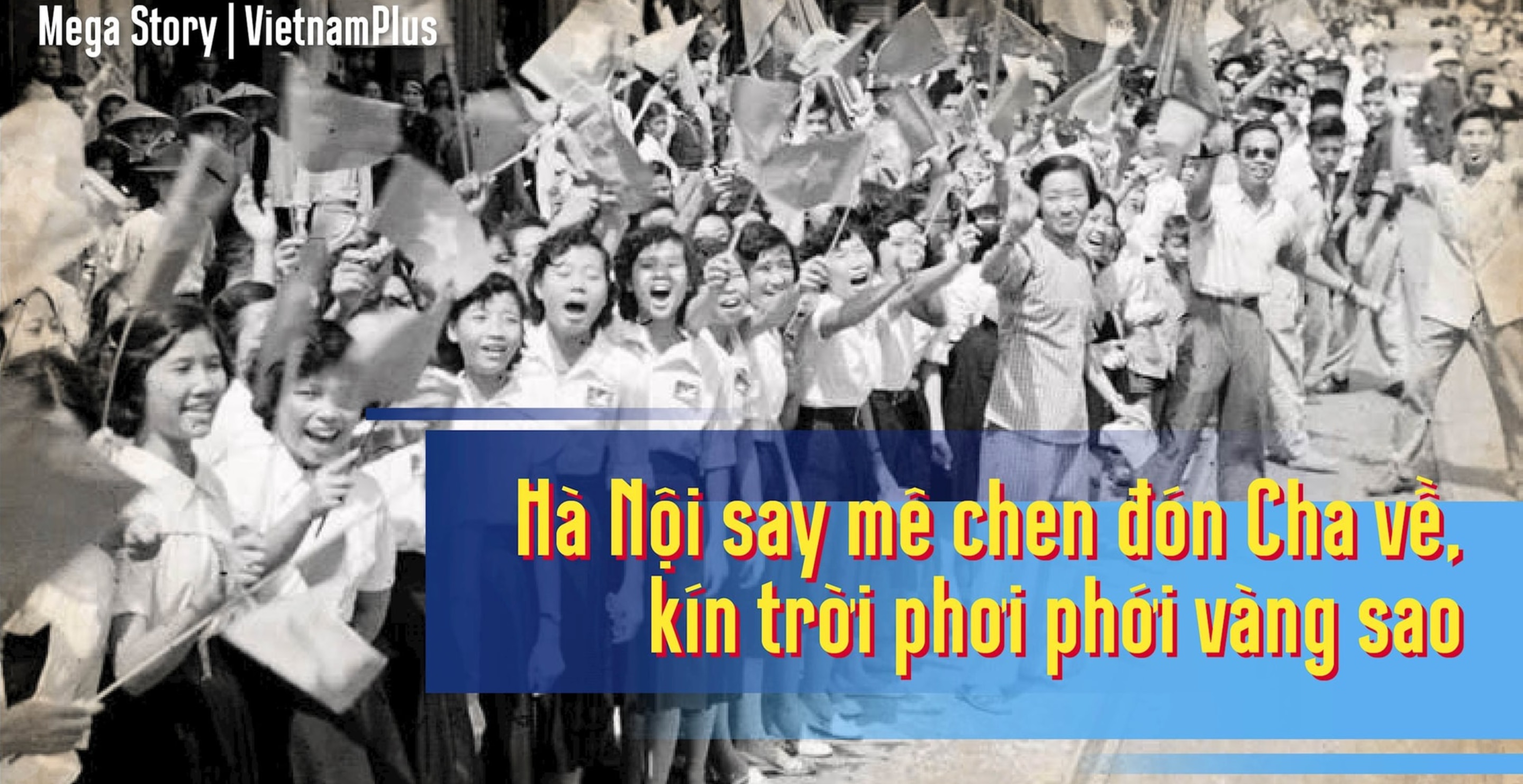
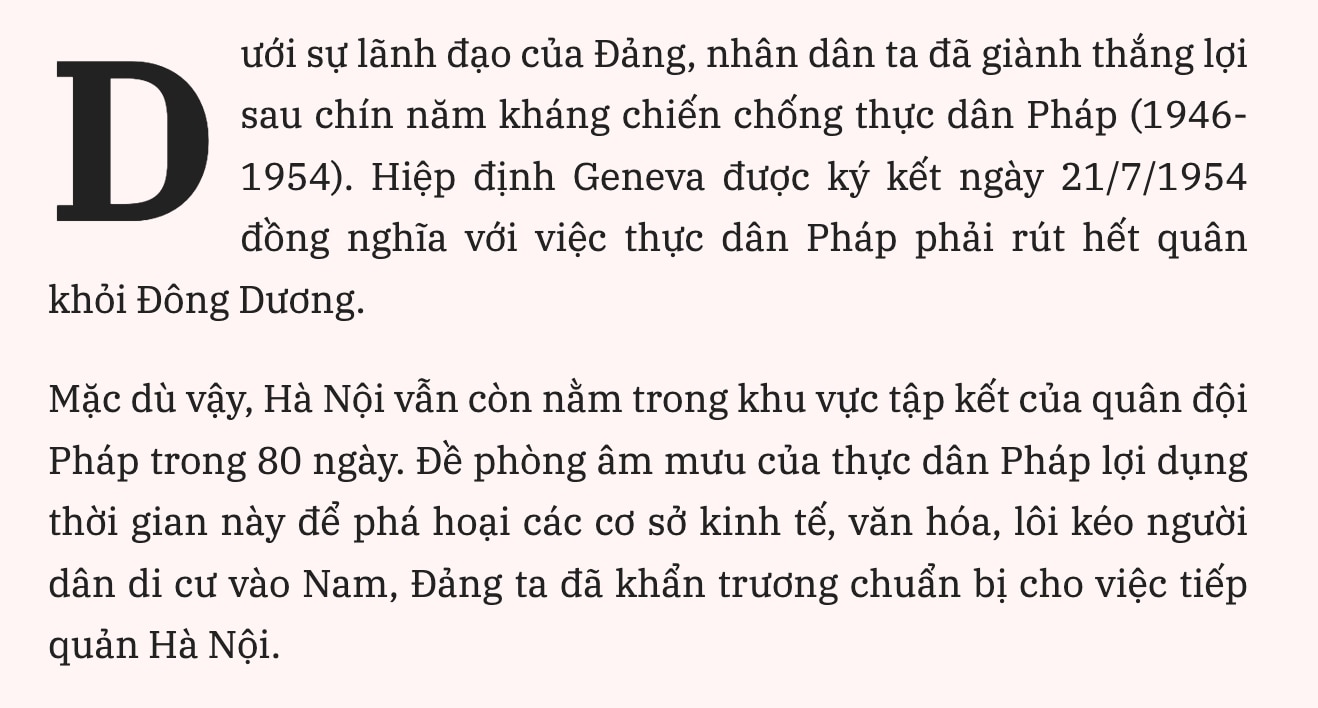

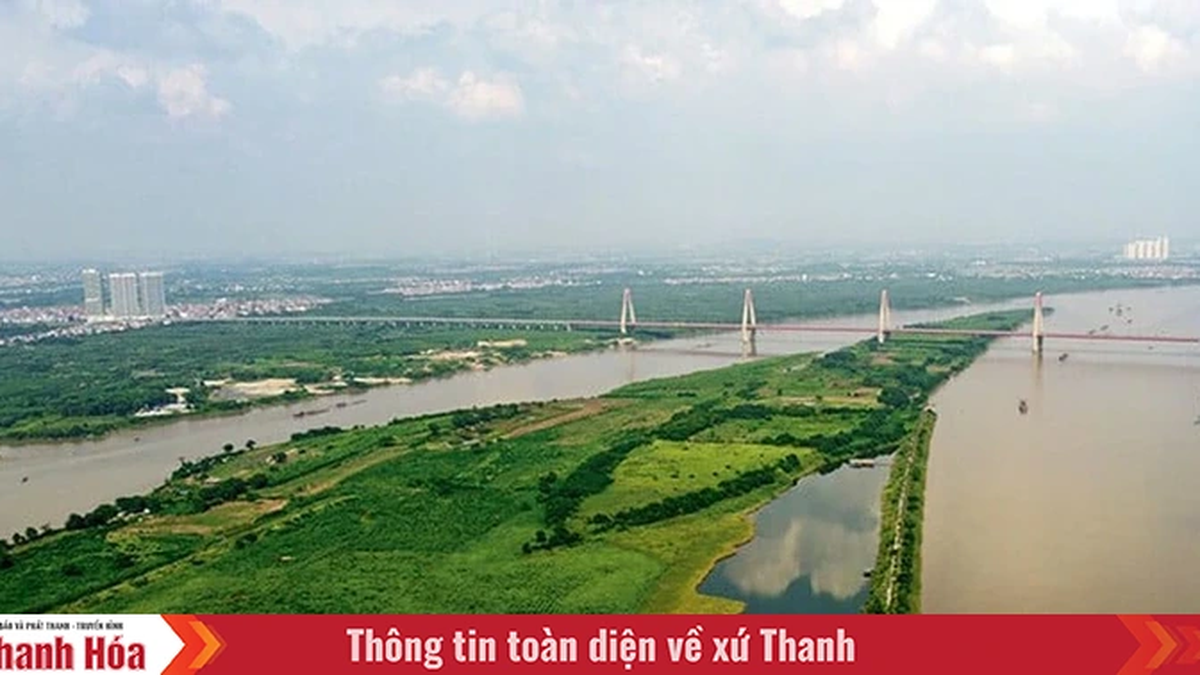
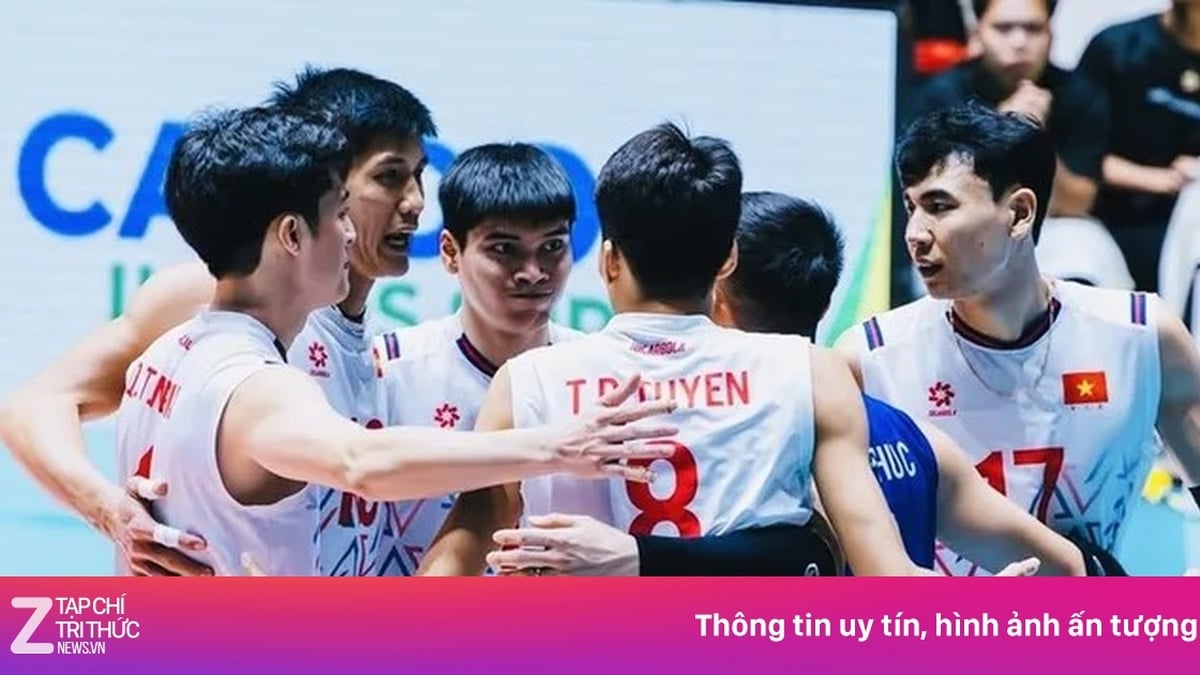
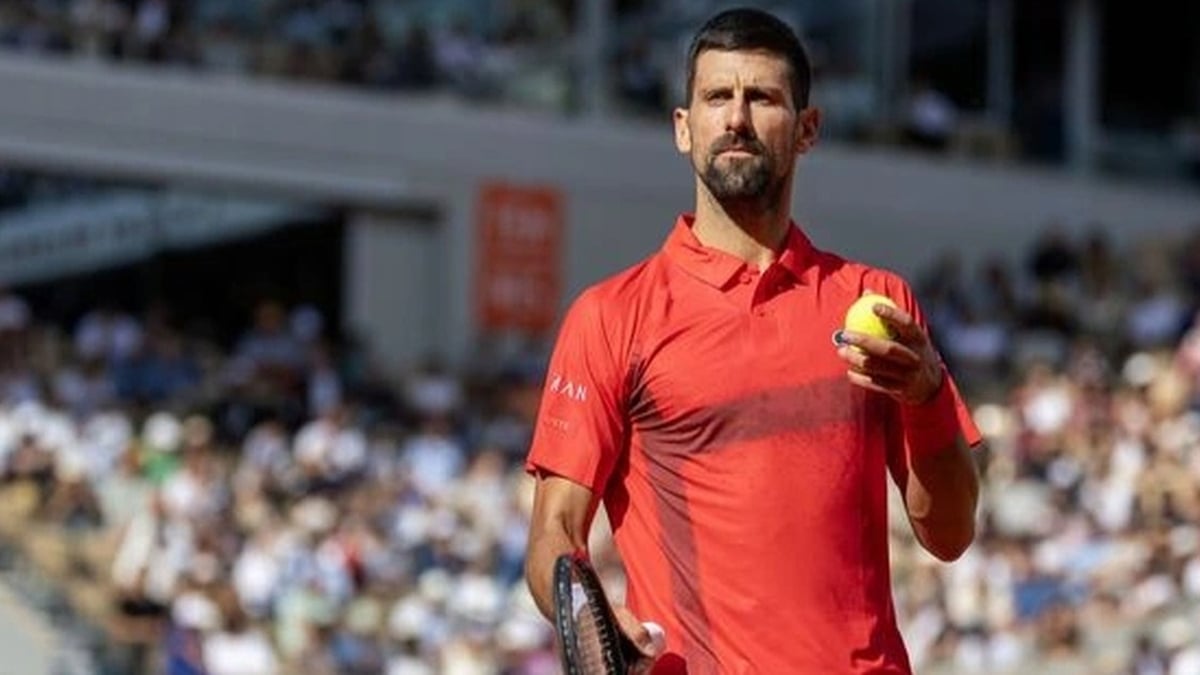
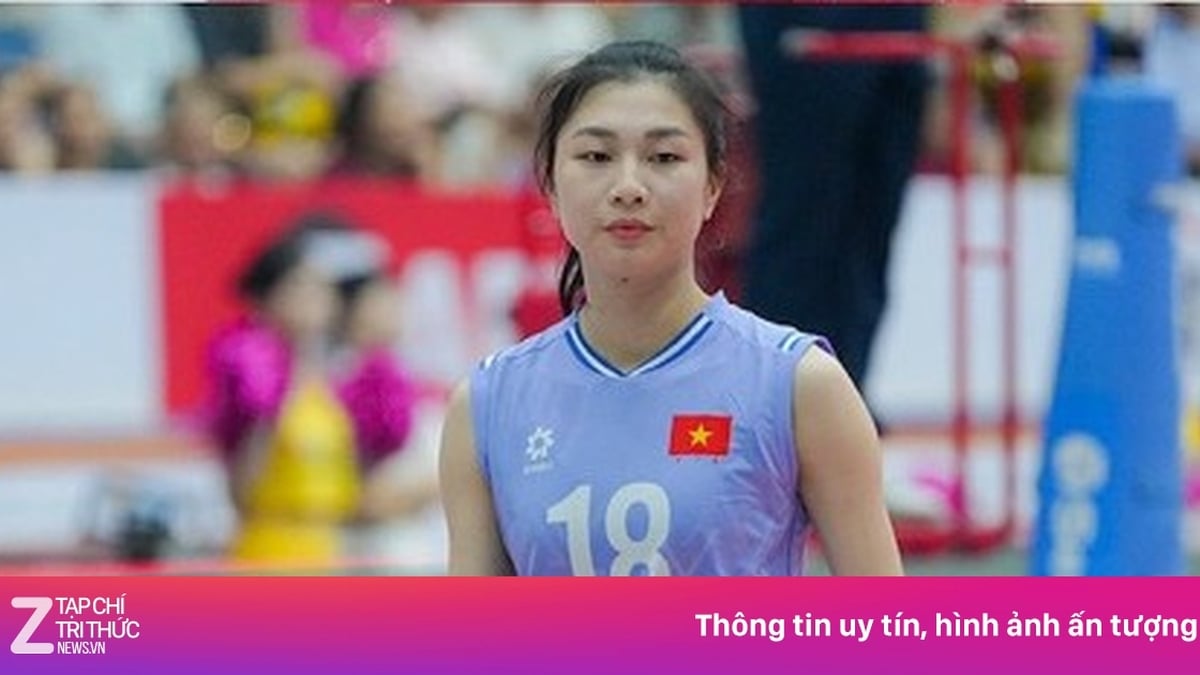
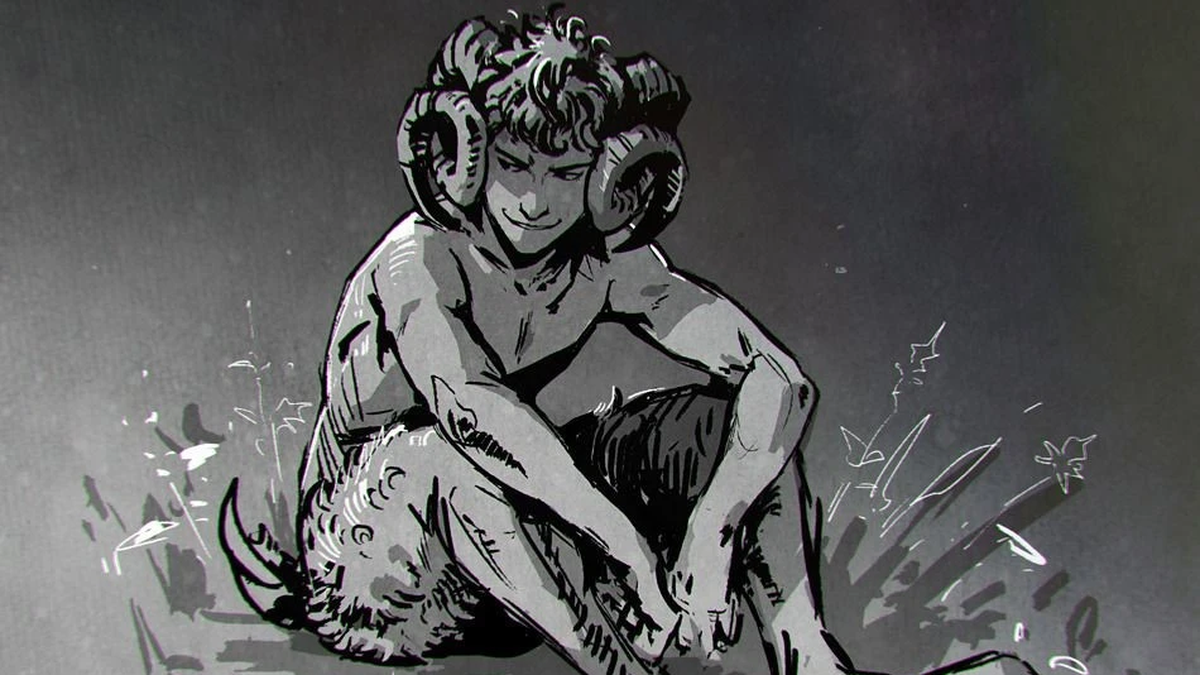

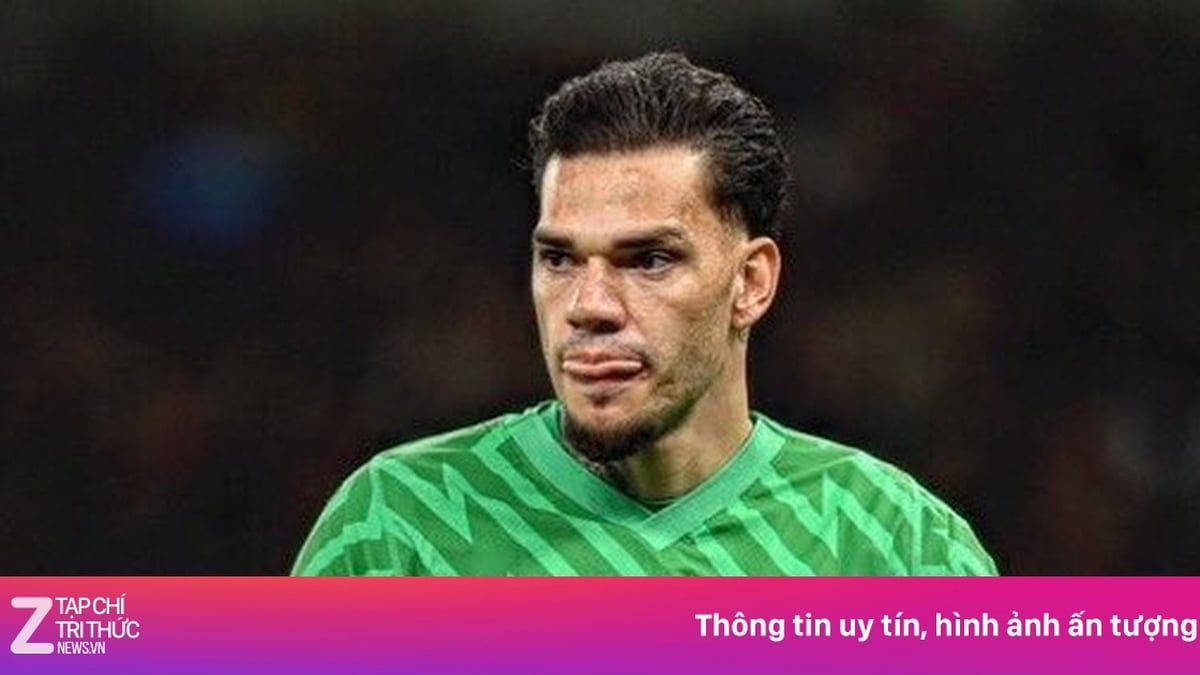
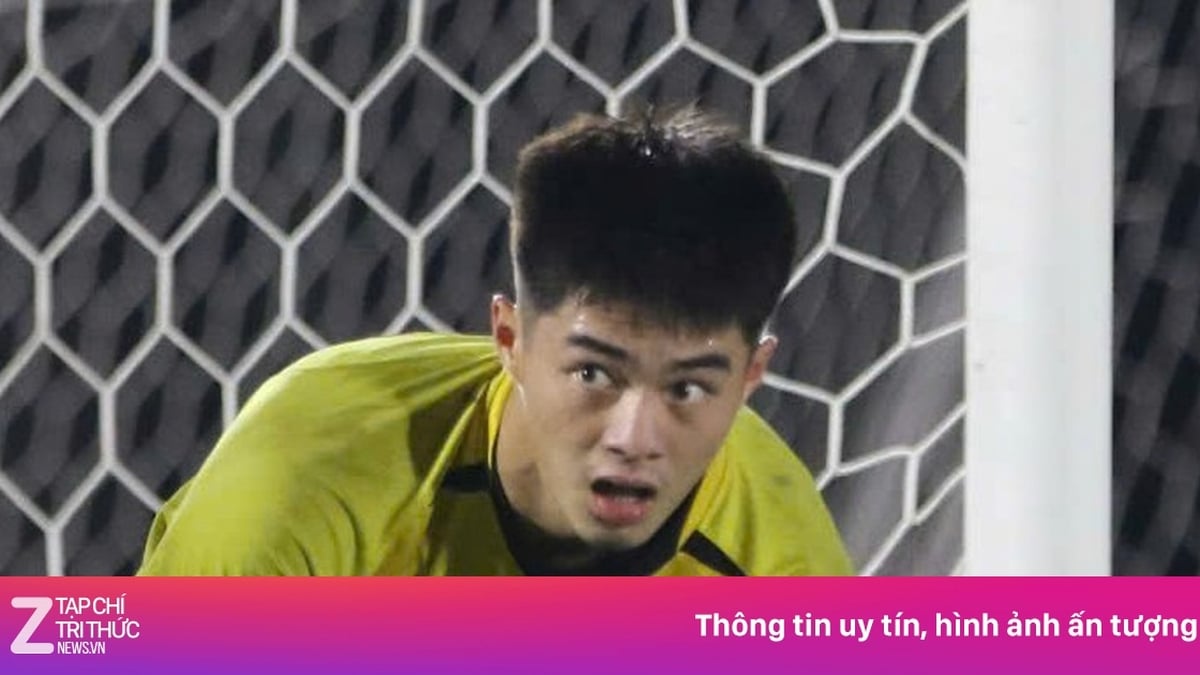

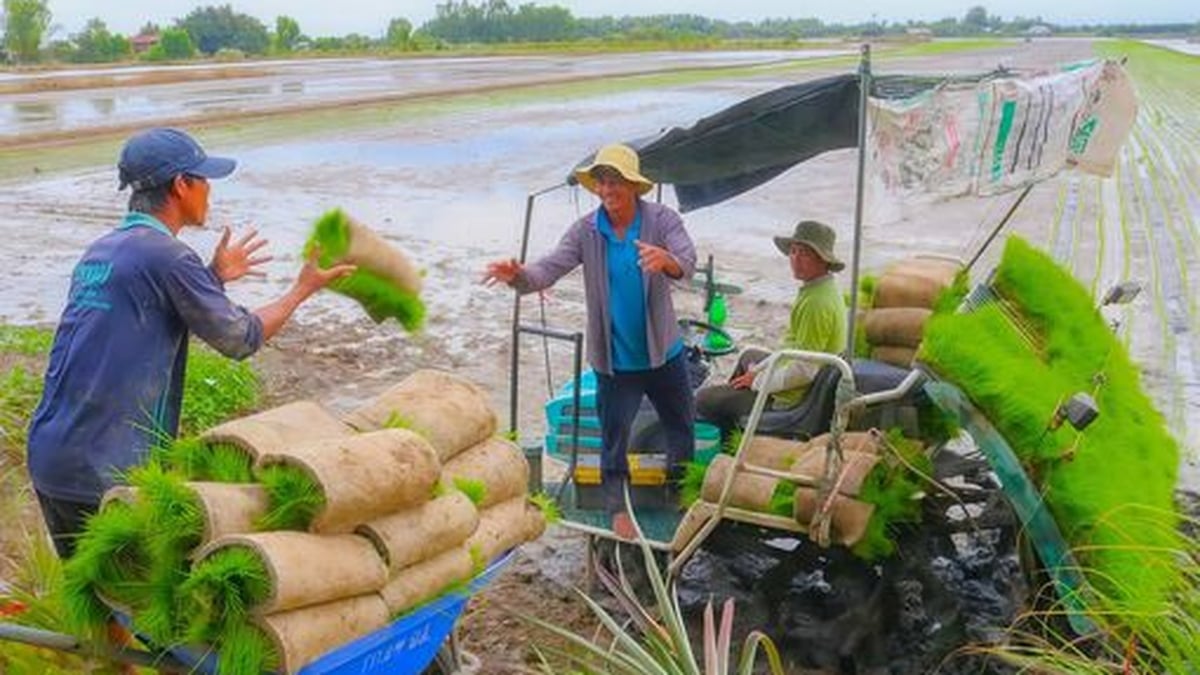

















































































![[Infographic] In 2025, 47 products will achieve national OCOP](https://vphoto.vietnam.vn/thumb/402x226/vietnam/resource/IMAGE/2025/7/16/5d672398b0744db3ab920e05db8e5b7d)





Comment (0)